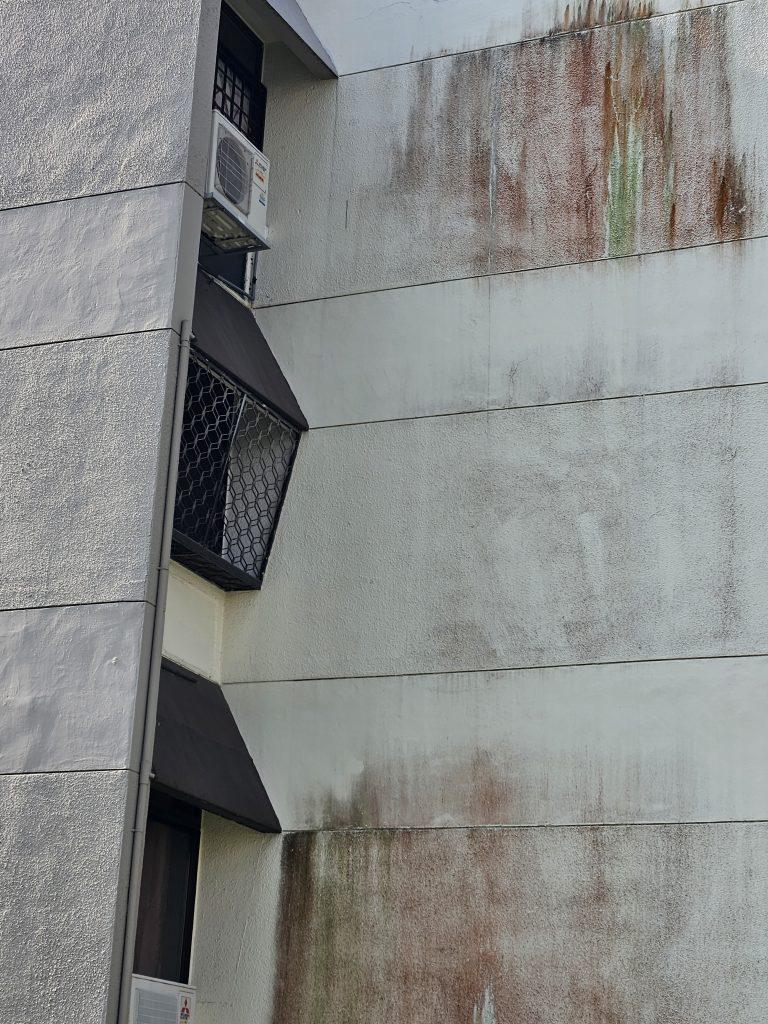Case 1
Navigation
- Introduction
- Causes of Defects
- Good Practices
- Standards
- Maintenance and Diagnostics
- Remedial
- Similar Cases
- References
Cause of Defects
- Discoloration is usually brought about by the use of paint or colour unsuitable to adverse environmental conditions.
- Paint with vibrant colours with organic particles that are easily susceptible to UV degradation is prone to discolouration. Certain sensitive pigments deteriorate and change colour upon exposure to sunlight or unsuitable chemical environment.
- Paint exposed to full sunlight and rain will discolour more rapidly than paint continually in shadow. Apart from these, acids and alkalis in the air will have a bearing on the end results and thus affecting the quality of paint.
- In cases where paint with water sensitive pigments are used, this pigment might dissolve in rain and thus wash off from paint resulting in discolouration.
- Uneven surfaces and even hair cracking can cause uneven film thickness, which in turn causes minor colour floatation resulting in uneven colour.
- With discolouration the facade looks old and unsightly and is not aesthetically pleasing. The colour of the paint may even look old even it is newly applied thus appearance of the façade would be affected . Over a period of time, the colour of the paint will fade to neutral.





